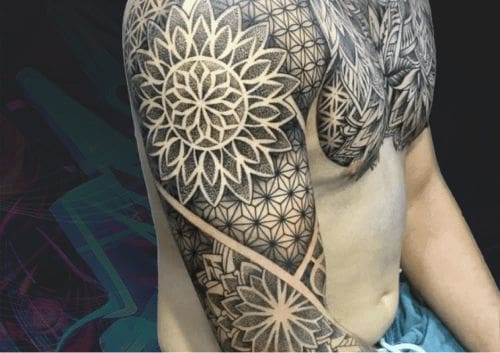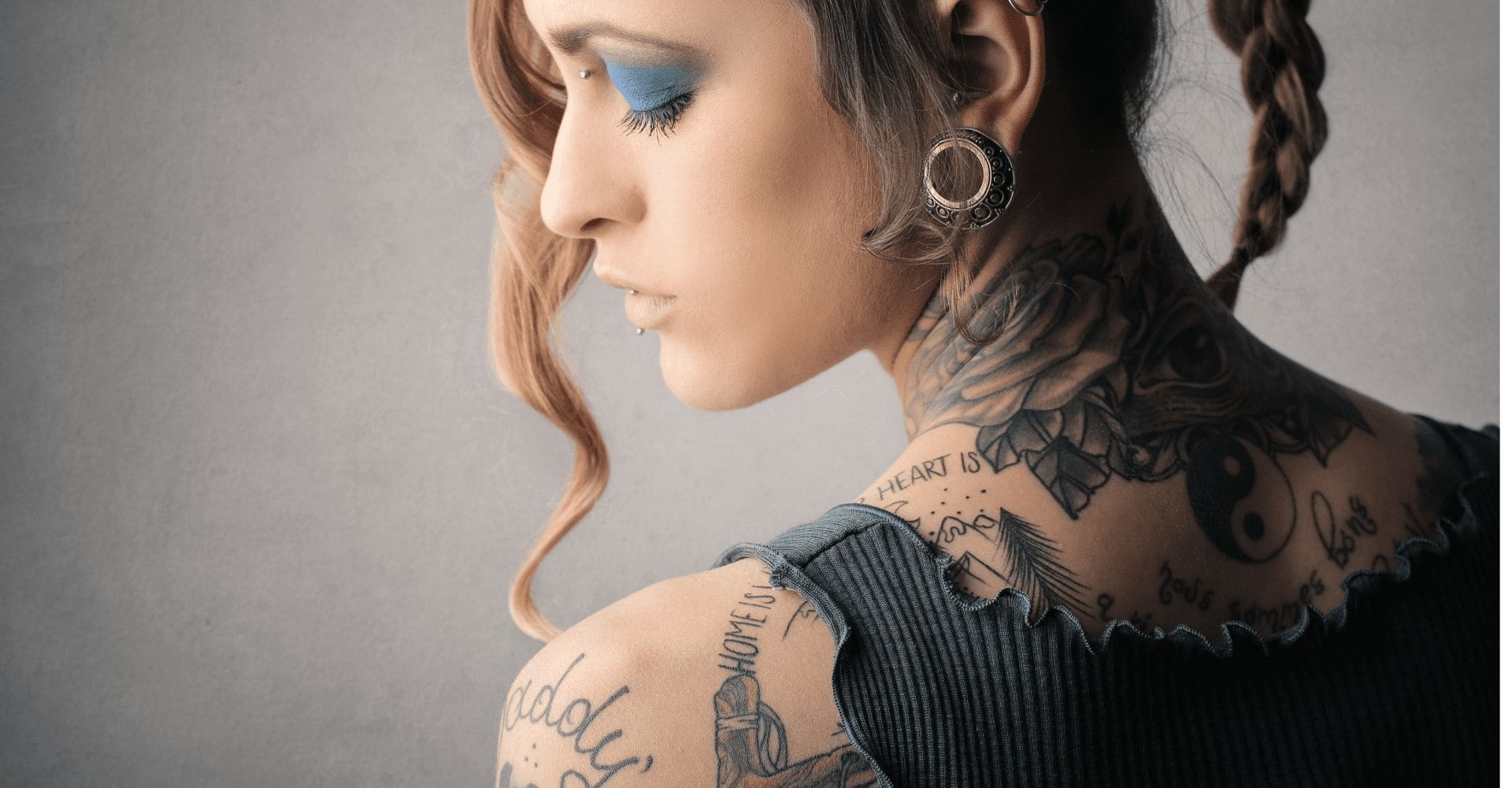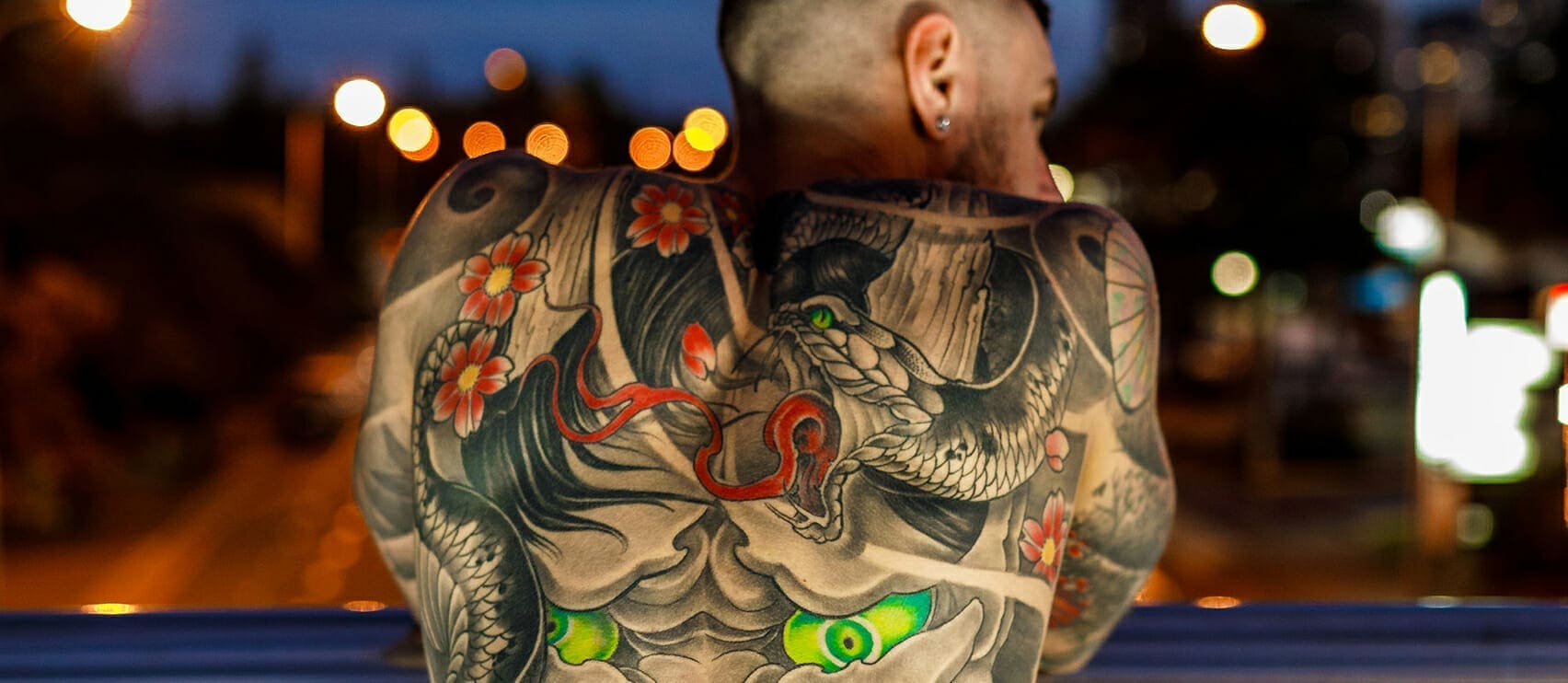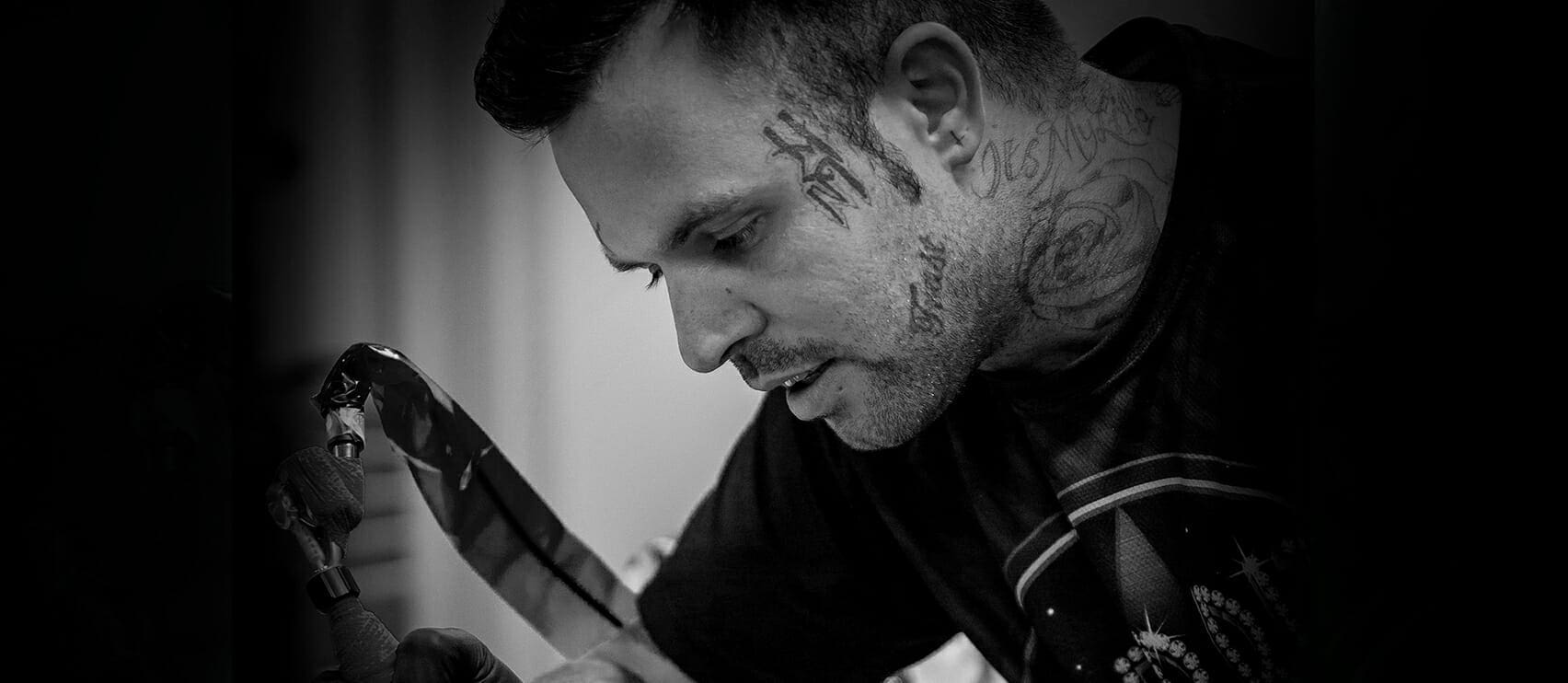Piercings are a timeless form of self-expression and come with their own unique spectrum of sensations.
From the subtle sting of a lobe piercing to the more intense sensation of a cartilage or intimate piercing, each placement and type carries its own level of discomfort.
Understanding these varying pain levels is key to navigating the world of body modification, ensuring a well-informed journey into the artistry and individuality that piercings offer.
This article dives into the pain levels of different piercing types and how to minimise discomfort during the piercing and healing process.
Piercings Ranked By Discomfort
If you’re thinking about getting a piercing but aren’t sure how much discomfort you’ll experience, let’s break down the pain levels of different types of piercings.
Facial Piercings
Do nose piercings hurt? It depends on what type of nose piercing you get. Nostril piercings have a low pain level, making them one of the least painful piercings on the face. While your eyes will water when getting your nostril pierced, it’ll be from the natural reaction of poking your nose rather than from pain.
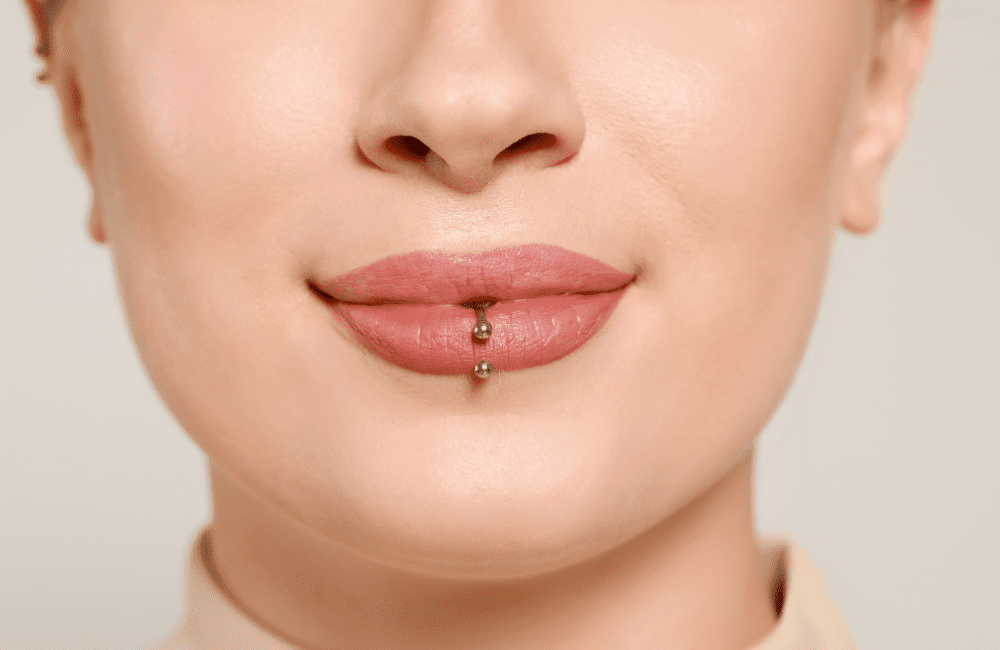

A labret piercing, which goes through the bottom lip, is also low on the piercing pain scale. To put it in perspective, the feeling of getting a labret piercing is the same as getting a lobe piercing.
A lip frenulum piercing goes through the frenulum at the front of your mouth between your top lip and teeth. The discomfort level of this piercing is low-medium as it’s easy, but you’ll definitely feel the poke of the needle.
The septum piercing (located at the bottom of your nose) has a low-medium discomfort level, making it an excellent choice for those with lower pain tolerance.
If you’re considering getting an eyebrow piercing, know it has a medium discomfort level.
Finally, tongue piercings sit higher on the pain level scale, with a medium-high discomfort level. If you have bitten your tongue before, you’ll have a good understanding of how painful a tongue piercing will be.
Ear Piercings
It’s common knowledge that earlobe piercings are the least painful piercings on the ear with a low discomfort level. The fatty, soft area of your lobe makes it the perfect spot for your first ear piercing.
The rest of the ear piercings available occur in the cartilage area of your ear, which can be somewhat to extremely painful, depending on the location. Some examples of cartilage piercings with a medium discomfort level include the helix, conch and tragus.
Other examples of cartilage piercings on the higher end of the piercing pain scale include the rook, daith and industrial.
Body Piercings
The pain and discomfort level of body piercings depends on the area's location and number of nerve endings.
A belly button piercing is one of the least painful piercings on the body, as the skin where the piercing is located is fleshy and doesn’t have many nerve endings.
Nipple piercings have a medium discomfort level as the area is quite sensitive due to the number of nerve endings.
Finally, genital piercings sit on the high end of the piercing pain scale. The penis contains around 4,000 nerve endings, while the clitoris has around 8,000 nerve endings, so you can expect both piercings to hurt.


Different Piercing Types
While ear, facial and body piercings are common, did you know there are two more types of piercings?
Unlike traditional piercings, where there is an entry and exit point for the jewellery, dermal piercings are single-point piercings. For you to get a dermal piercing, the piercer will create one small hole so that an anchor can be inserted into the middle layer of your skin. The anchor is usually six or seven millimetres long, just enough to secure the post. Then, the jewellery is attached to the top of the post and sits on the surface of your skin. You can get a dermal piercing anywhere on your body, as long as the area is flat.
Skin divers are piercings that are partially implanted under the skin. To insert the piercing, the piercer uses a biopsy punch to create a hole for the jewellery to sit inside.
Why Certain Piercings May Hurt More
Certain piercings hurt more than others due to the number of nerve endings in the area.
For example, an earlobe piercing is one of the least painful piercings due to the fleshy area with few nerve endings. On the other hand, cartilage piercings are the most painful type of ear piercings because the cartilage is thick and hard.
For body piercings, genital piercings are the most painful as they’re located in the most nerve-dense part of the body.
Tips For Minimising Piercing Discomfort
Now that you know the different pain and discomfort levels of piercings, how can you minimise the discomfort?
During Piercing


While piercing pain isn’t something you can avoid, there are things you can do to minimise it, such as:
- Getting pierced by a professional: You don’t want to get a piercing from someone who uses a piercing gun. You want to get pierced by an artist with the knowledge, training and correct equipment.
- Holding someone’s hand: It’s common practice to hold the hand of someone you love when enduring pain. A study conducted by Colorado’s Institute of Cognitive Science found that holding the hand of a loved one is an effective method of pain relief.
- Squeezing a ball: When getting pierced, squeezing a ball can offer temporary pain relief. It is a distraction, and the exertion can alleviate pain while squeezing.
During Healing
While the process of piercing may be quick, the healing period can last months, depending on the type of piercing you get.
So, to minimise discomfort during the healing process, here are some things you can do:
- Use a cold compress: A fast and effective way to minimise discomfort and throbbing after a piercing is to place an ice pack or cold compress on the piercing.
- Consider anti-inflammatory medications: While you should never take anti-inflammatories before getting pierced (as they can thin your blood), they are an effective method to reduce inflammation during the healing period.
- Keep your piercing clean and germ-free: Keeping your piercing clean and germ-free will reduce the risk of infection, which could lead to an even more painful throbbing.
Get Your Next Piercing At Celebrity Ink


Have you been wanting to get a piercing for a while but have been putting it off due to the fear of pain? Now that you know the pain and discomfort levels of different piercings around the body, it should make your decision to get one that much easier.
At Celebrity Ink, our experienced and passionate team of piercers can provide a safe, clean and comfortable piercing experience. Book an appointment at your nearest Celebrity Ink studio to show your individuality with a new piercing!


